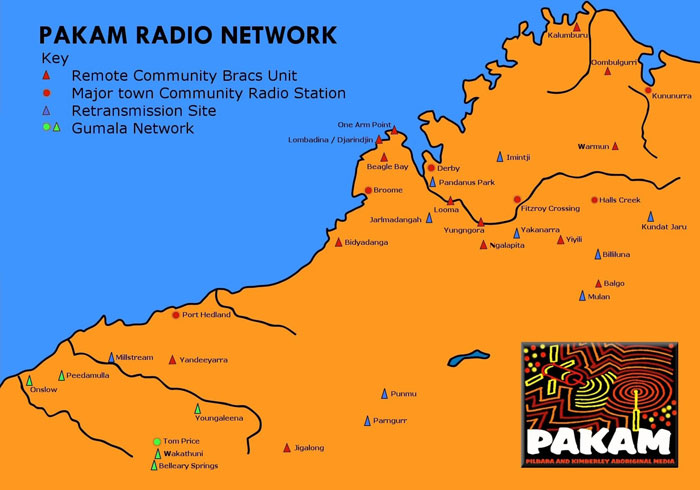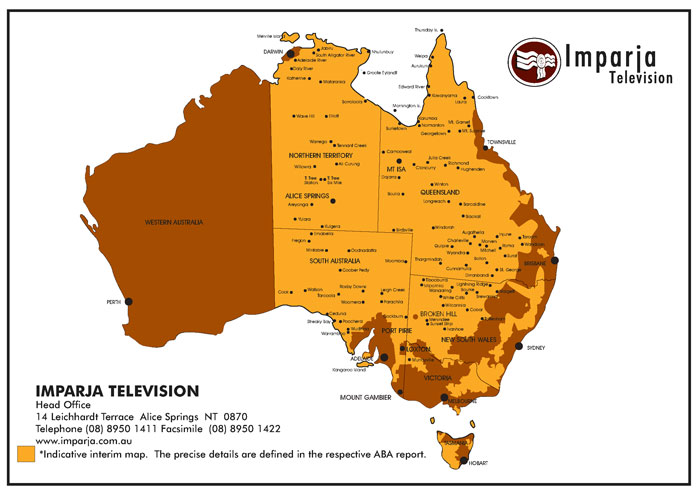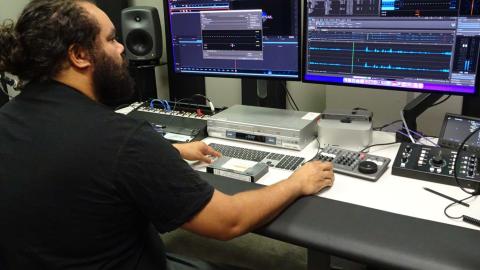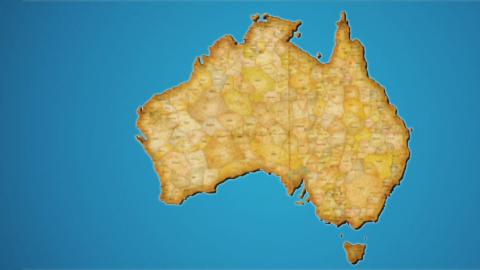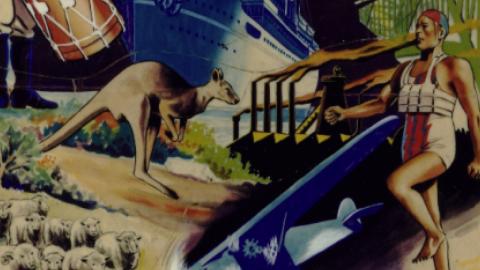The NFSA’s former Oral History Program Coordinator Chris Guster shares a personal perspective on the early days of remote First Nations media groups, which in just 30 years have grown from small pirate stations into national and international media organisations.
Warning: This article contains names, images or voices of deceased Aboriginal and Torres Strait Islander people.













